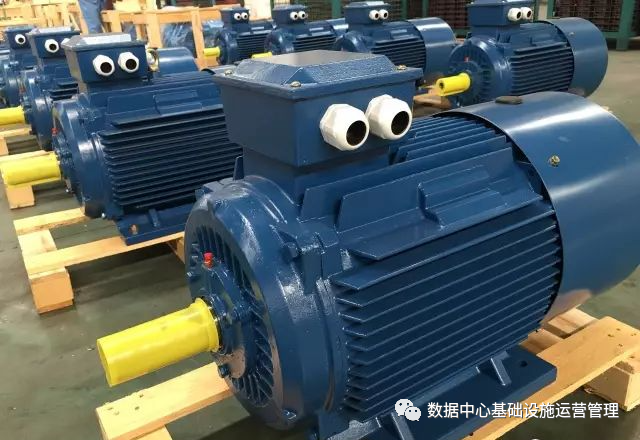![]()
The working principle and difference between high-efficiency energy-saving motor and frequency conversion energy-saving motor
The working principle of the frequency converter: the frequency converter we use mainly adopts the AC-DC-AC mode, first converts the power frequency AC power through the rectifier into DC power, and then converts the DC power into AC power with controllable frequency and voltage to supply electric motor. The circuit of the frequency converter is generally composed of four parts: rectification, intermediate DC link, inverter and control.
The rectification part is a three-phase bridge uncontrolled rectifier, the inverter part is an IGBT three-phase bridge inverter, and the output is a PWM waveform, and the intermediate DC link is filtering, DC energy storage and buffering reactive power.
High-efficiency energy-saving motor working principle:Using new motor design, new technology and new materials, by reducing the loss of electromagnetic energy, thermal energy and mechanical energy, the output efficiency is improved.1. Direct start, can fully replace the asynchronous motor;
2. The rare earth permanent magnet high-efficiency energy-saving motor itself can save more than 3℅ of electric energy than ordinary motors;
3. The power factor of the motor is generally higher than 0.90, which improves the quality factor of the power grid without adding a power factor compensator;
4. The motor current is small, which saves power transmission and distribution capacity and prolongs the overall operating life of the system;
5. Adding a driver can realize soft start, soft stop, and stepless speed regulation, and the power saving effect is further improved.
The difference between high-efficiency energy-saving motors and frequency conversion energy-saving motors
1. High-efficiency and energy-saving motors improve the operating efficiency of the motor itself through the manufacturing process.2. Frequency conversion energy saving refers to saving electricity by adjusting the motor speed. The energy conversion ratio not only does not increase, but decreases, because the loss of the frequency converter is increased. 3. Frequency conversion speed regulation is mainly used in occasions where the load changes, and the energy saving effect is very obvious. The principle of energy saving is simply to change the frequency according to the needs, and then change the output power. 4. For occasions with stable load, that is to say, occasions that do not require speed regulation, the use of frequency converters will reduce the overall efficiency and waste electricity instead. 5. In the case of large load changes, both can save electricity, but the proportion of frequency conversion speed regulation that can save electricity is much larger. Compared with ordinary motors of the same power, the energy saving of high-efficiency and energy-saving motors can only be increased by a few percentage points. 6. The motor powered by the frequency converter is called the frequency conversion motor, which is different from the ordinary motor. The frequency converter directly drives the ordinary motor, which will cause damage to the motor. 7. The energy-saving principles of the two are different, and the two can be used at the same time. Both technologies need to be vigorously developed and promoted.




























 XINDA
XINDA